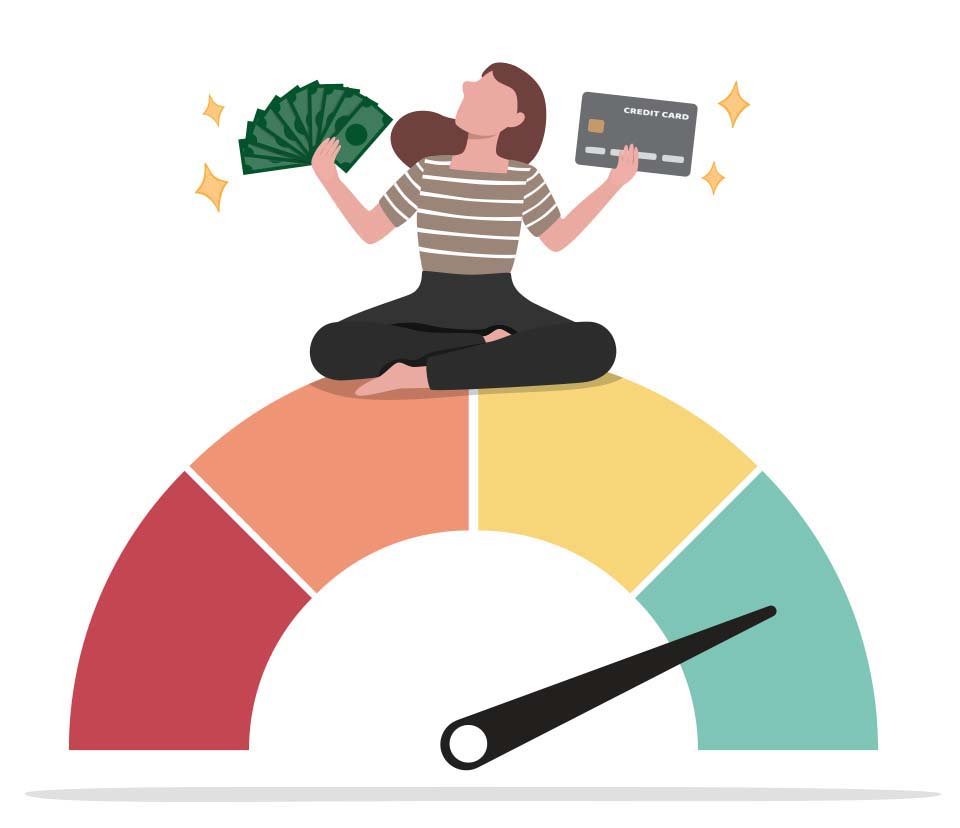Erosion Of Loyalty (Part 3 of 6): Best Brand Practices
PRACTICING LOYALTY
There are many external factors your brand simply cannot control — like a pandemic, maybe. However, you can control the internal aspects that shape how your brand is perceived by the public. Bad publicity can spread like wildfire especially with the common usage of social media. Achieving loyal customers in today’s climate boils down to good public relations (PR).
There are four aspects of your business that you can work on to improve brand loyalty:
Treat Customers Well
Treat Employees Well
Treat the Community Well
Advertise Responsibly (Without sacrificing your brand’s personality)
#1: Treat Customers Well (See Below for Customer Deep Dive)
This rule might be a no-brainer, but you’d be surprised what can enhance your customers' experiences — so much so that they spread word-of-mouth all on their own.
A brand that treats their customers well could:
Use new technology that enhances customer experience.
Hire attentive people that can answer questions and offer support when customers reach out.
Consider an organic social media strategy to supplement paid ads. More genuine content naturally promotes the brand which helps followers feel more connected.
Hire a Social Media Manager to interact with both loyal fans and new fans while potentially salvaging dissatisfied customers.
#2: Treat Employees Well
Employees are the backbone of your success. Giving good employees credit and trusting them to get their work done is why you hired them in the first place. An added bonus is when a company keeps happy employees, more people may want to work for them and become part of the successful process.
A brand that treats their employees well could:
Allow flexibility in schedules with remote and hybrid working options.
Offer competitive pay by checking the market value of a position.
Consider including important benefits such as medical & life insurance, medical leave, maternity/paternity leave and flexible PTO options.
Provide any necessary technology and equipment to carry out responsibilities of the role.
Provide growth opportunities within the company that encourages a positive culture with friendly and supportive staff.
#3: Treat the Community Well
Or at least, don’t directly contribute to making it worse! Brands that unabashedly have no regard for their environment, the cultural climate or legal systems will - no doubt - make things harder for certain groups of people.
A brand that treats their community well could:
Seek a wider, more diverse pool of employees or focus on employing people within their community.
Make efforts to recycle and reduce their waste & carbon footprint.
Help fund or sponsor local events.
#4: Advertise Responsibly (Without Sacrificing Your Brand’s Personality)
From being honest to being positive to being inclusive and supportive, there are countless ways to gain loyalty with responsible advertising and advertising practices.
A brand that advertises responsibly could:
Keep in mind that ad fatigue is real. Consumers don’t want boring, repetitive messaging.
Remember that the use of personal information, lack of privacy, electronic spying and invasive ads will erode trust and loyalty.
Adjust their messaging to be more positive. Consumers want empathetic, human connections from brands.
Change the channel: Some people may trust where certain ads come from over others, so brands may want to consider how and where their ads are being served.
Least Trusted:
Mobile/text, Online display, Social network, Search engine, Pop-up video, Subscription emails
Most Trusted:
Branded websites, Editorial content, TV commercials, Print, Radio commercials, TV/Film product placement
BONUS: CUSTOMER-FIRST DEEP DIVE
Loyal customers are the best kind of advertising — the free kind.
A Good Customer Service Strategy Could Include:
Incorporating loyalty programming that rewards coming back by nurturing existing relationships with customers.
Community engagement through good ol'-fashioned word-of-mouth.
Encouraging positive online reviews on search platforms like Google and social platforms like FB pages or Yelp!.
Ensuring your consumers have mobile-friendly ways to shop and make purchases.
Focusing on how to help or solve customers' problems which builds trust and creates more potential customers who come to you for the same fix.
Leading with your values, this can draw consumers who have issues with or are unsure about other brands.
Researching your competitors to see what can be learned from other brands.
A Good Loyalty Program Could Include:
Competitive pricing to attract more customers.
Providing early access to sales and new products as well as tailor offers to customers who sign up for loyalty programs.
Enact hybrid loyalty programs that benefit society (e.g. donate their reward points to their charity of choice).
Instead of focusing all your effort on new, new, new, make sure you continue to give your loyal fans the attention they deserve, too.
Ensure loyalty programming that recognizes and rewards customers for consistent, everyday spending and provides recognition through rewards.
Creating a Good Customer Service Experience Could Include:
Looking into newer technologies to enhance brand experience (i.e. AI, virtual reality, augmented reality, metaverse, etc.), especially for younger generations.
Create programs designed to tap into specific communities which create positive word of mouth. Earned media outperforms paid media and still reigns as the strongest way to build trust among consumers.
Utilizing data. Zero-party data will allow you to better understand your customers, know what they want, and deliver it to them in the ways they prefer.
The proper use of AI with things like: order communications, follow ups, live chat, etc.
Building trust in a variety of spaces while engaging and listening to customers helps understand how to continually improve their experience.
Still Not Convinced to Put Customers-First? Did You Know…
1/3 of American consumers say they’ll consider switching brands immediately following a single instance of poor customer service.
More than 1/2 of American consumers say that they’ll consider switching companies following two to three instances of poor customer service.
About 50% of loyal customers have left a company for a competitor who has been able to stay more relevant and better satisfy their needs.
Source: 42 Interesting Stats About Customer Loyalty You May Not Know — HubSpot
Check out our last installment Erosion Of Loyalty (Part 2 of 6): The Impact Of COVID-19 and look out for our fourth installment of the Erosion of Loyalty Series on Thursday, October 27!
Have questions about keeping your marketing from eroding?
Talk to Mike Pocci, Executive Director/Connections at mpocci@teamaftermath.com.








